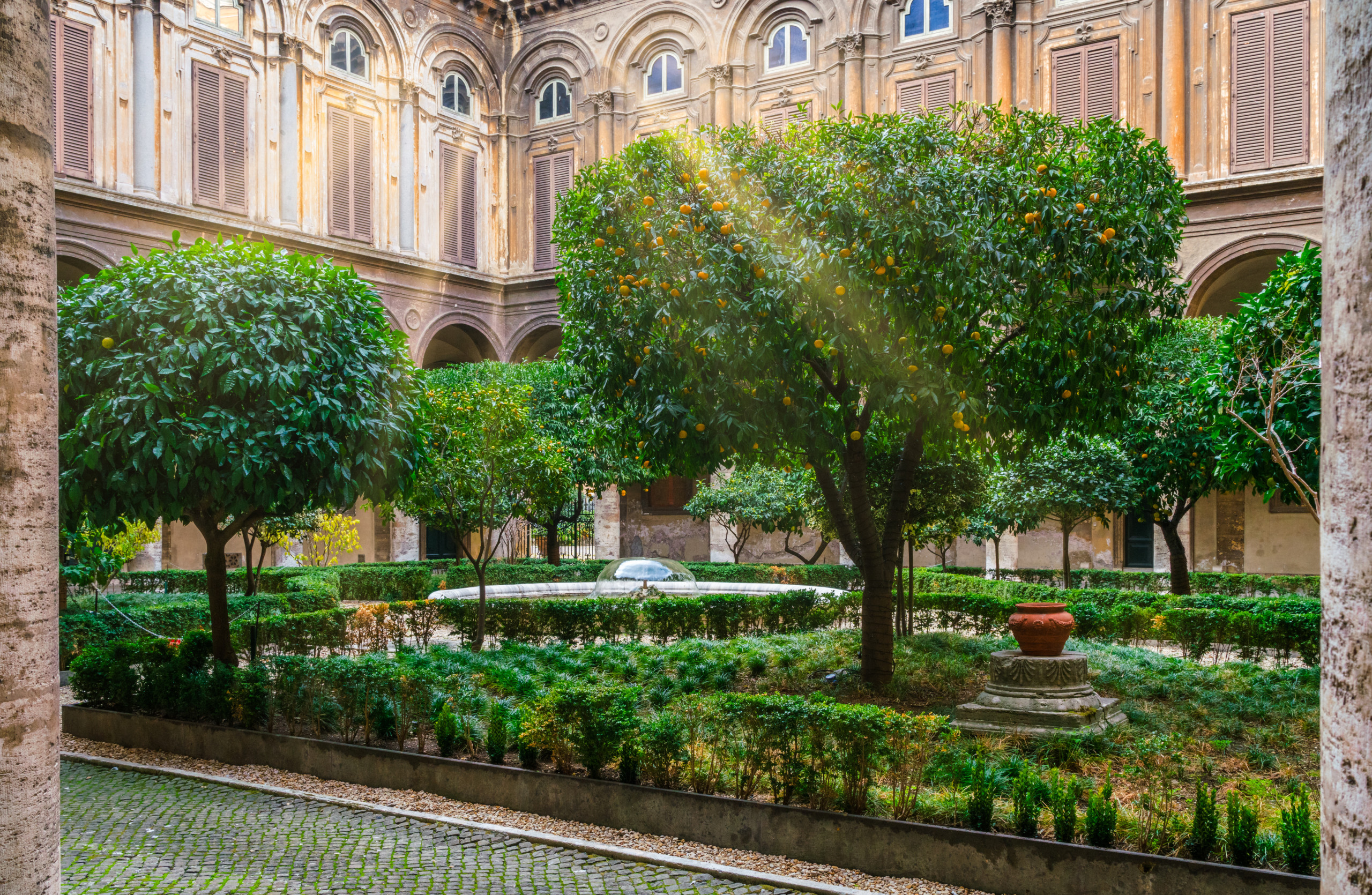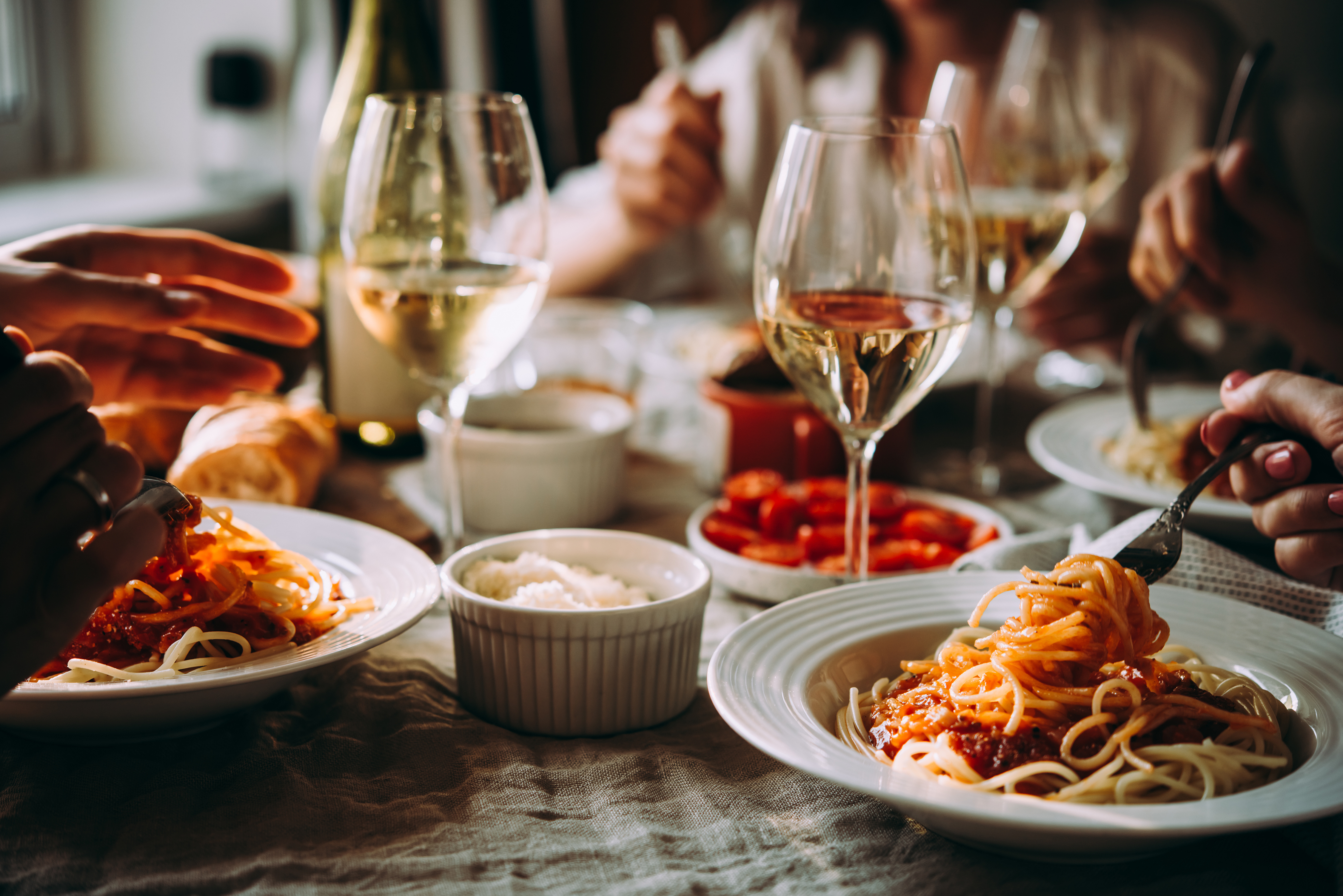Nearly every street, narrow alleyway or main thoroughfare in Rome, this city of the classics, offers delights for the palette, the intellect, or both. Over the years, I’ve written notes about Rome in my travel journal: places I did not want to forget, little surprising cafes or trattorias to eat in, a piece of art that moved me, a friendly encounter along the way. I want to take the time to share a few of those lesser known museums and restaurants in Rome. With my assurance, when you return to Roma, please visit a few of these places. You will not be disappointed. Oh, and keep a travel journal. You never know when bella Italia will call again, and you will find your notes helpful.
First? Museums.
The Museo di Palazzo Doria Pamphili holds the legacy of this family’s roots which date to the 16th and 17th Century. Popes. Marriages into the Borghese and Doria Family (Milan on one hand, Genoa on the other). Add to that a vast collection of more than 700 works of art, and you have some idea of the variety and depth of the collection at this rarely visited palazzo turned museum. This location showcases two works by Caravaggio, pieces by Hans Memling, and, as my notes show — though I may have been suffering from Stendhal’s Syndrome — several canvases by Rubens and Velázquez, and even more. This astounding place sees few visitors; I have found myself alone in this palazzo during a visit, even in the early days of “the season.”
Next? A repurposed Electric Power Plant.
The Museo Central Montemartini, an odd structure, combines form and function to create something altogether unusual. When space restricted the appropriate display of many Greek and Roman sculptures at the Capitoline Museum, those pieces relocated to this repurposed power station. Think vast spaces where generators share space with spectacular works of early civilizations. The display areas here reminded me of the main gallery space at the d’Orsay in Paris. You won’t find this museum on the list most tourists keep with them during time in the city. This is a great surprise and an opportunity to, again, visit a museum with few visitors.
Want a change from all the “heavy” art? MACRO!
The Museo d’Arte Contemporanea di Roma, or Museum of Contemporary Art of Rome (MACRO for short) provides, for some visitors, a welcomed break from Renaissance and Baroque masters. The exterior of the new space barely pays homage to the original structure.
Architect Gustavo Giovannoni designed and oversaw construction, between 1921 to 1932, of the Peroni Beer Brewery. In 2001, The city of Rome acquired this historically important building. French architect Odile Decq won the competition for new design and created multi-storied, striking, vast open spaces of light . His plan more than tripled the original footprint of Giovannoni’s plan. The museum provides stunning areas, across over 150,000 square feet of space, displaying masterpieces of contemporary Italian art. In good weather, as on the day I last visited, you can enjoy the lovely rooftop restaurant with some unforgettable views of Rome to accompany your meal.
Food. When in Rome…
Sant’Eustachio Il Caffè
Just GO! This famous, busy, gorgeous bar serves up coffee with style, brioches that would melt a connoisseur’s heart, and cappuccinos (always a favorite) with panache.
Chiostro del Bramante
Another stunner of combined purpose: a display space for modern art with a bookstore and wonderful café.
Le Mani in Pasta
The Trastevere neighborhood of the city continues to offer ever more fabulous restaurants. This is one of them. Pasta is “the air you breathe” in Rome; everyone delights in this basic part of a Roman’s diet. The perfume that emanates from the kitchen will, in and of itself, make you salivate. When your order arrives, you’ll cry it looks so good. Trust me. Go!
Spirito di Vino
My all-time favorite in Rome for dinner. I’ve enjoyed meals at this place for more than fifteen years. You just can’t go wrong: great service, fair prices, and a wine cellar you can visit between courses, just ask your server. Every step on the vertiginous stairway that descends turns the clock back by 45 years. By the time you arrive at the cellar, you stand in a space that was built in the First Century AD. Imagine. The restaurant’s location in the medieval heart of Rome, combined with a history that touches the stories of the early Jewish community of the city, gives you an unforgettable evening to delight all the senses.
And some final thoughts
You never leave Rome. Most visitors believe that they never leave Italy. They return home, go back to work, and remember time on the cobblestones and soil of centuries; yet, they carry part of this amazing country in their soul. Whatever this hold, the feeling stays with us forever.
In my travel journal I found this poem, noted from September 1996, about Rome by Mikolaj Sep Szarzynski, a 16th Century poet. Read on.
If midst Rome you wish to see Rome, pilgrim,
Tho in Rome naught of Rome might you see,
Behold the walls’ ring, the theatres, temples
And ruptured pillars, to rubble all turned,
Rome be these! Mark how the corpse of a city
So strong still past fortune’s pomp exudes;
Subduing a world, herself the city subdued
Lest yet more to subdue might there be.
Today in broken Rome, Rome unbroken
(A substance in its shadow) lies entombed.
Within all’s changed; alone past change
Tiber remains, that to sea runs mixed with sand.
See what Fortune plays: ’tis wasted away,
What was unmoving; what moved, yet remains



